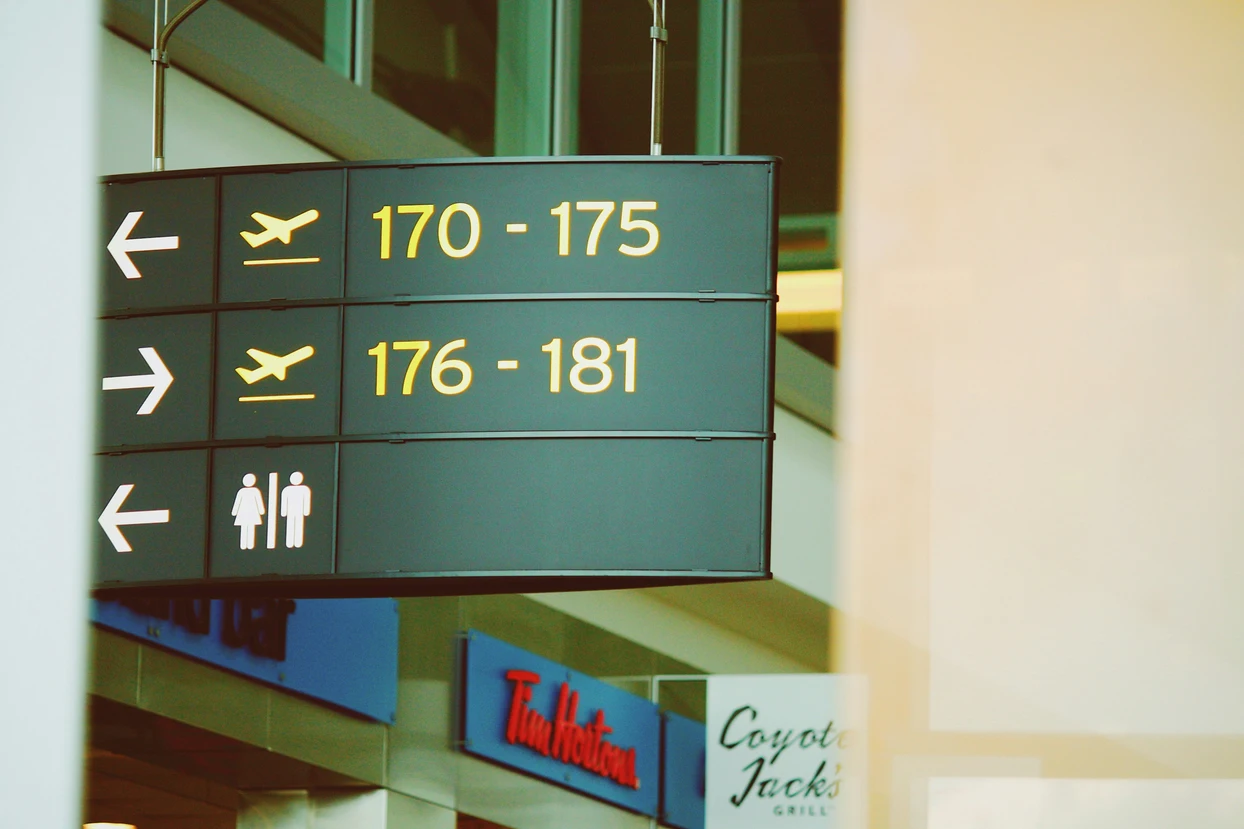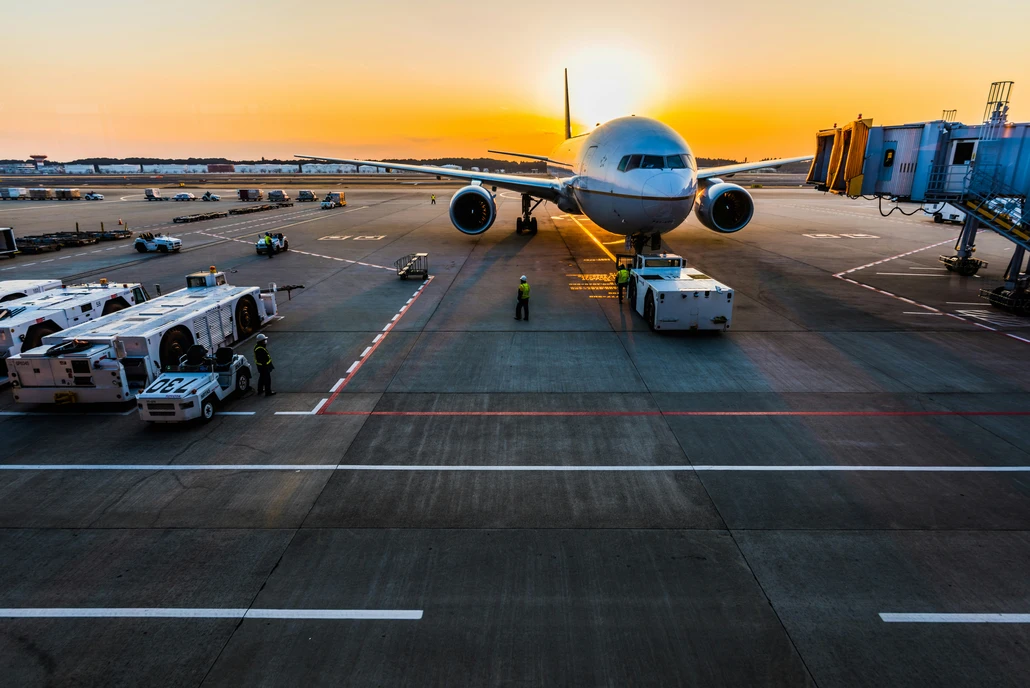Getting to the airport on time used to involve a lot of guesswork. Traffic jams, construction, accidents, and unpredictable weather could throw off even the most carefully planned itinerary. But today, thanks to AI traffic prediction, travelers are enjoying smoother, less stressful trips to the terminal. This isn’t just about GPS anymore—it’s about intelligent algorithms that understand and forecast how traffic behaves in real time, reducing your chances of running into delays.

What Is AI Traffic Prediction?
AI traffic prediction uses artificial intelligence, machine learning, and big data to forecast traffic conditions before they happen. Unlike traditional navigation systems that only reflect current congestion, AI-powered tools analyze traffic behavior over long periods and across different variables to offer a clearer picture of what is to come. These tools draw from massive datasets including road sensors, satellite imagery, historical traffic trends, weather forecasts, and even local event schedules to provide intelligent, real-time insights that go far beyond the average map app.
Why Getting to the Airport Is Different
Airport travel is more sensitive to timing than just about any other type of commute. If you are ten minutes late for a meeting, you might still be okay. But if you are ten minutes late for your flight, you’re stranded, rescheduling, and possibly missing an entire trip. That’s why AI traffic prediction has become an essential tool for frequent flyers, business travelers, and even vacationers who want to ensure a stress-free start to their journey. AI provides a level of foresight that helps travelers leave at the perfect time—not too early, not too late.
How AI Traffic Prediction Works
- Real-Time Data Collection
AI collects massive amounts of data from traffic sensors, GPS devices, mobile phones, connected vehicles, and road cameras. This creates a dynamic view of the road network in real time, allowing it to detect changes the moment they happen. - Historical Analysis
AI traffic prediction tools don’t just react—they learn. By analyzing long-term data, these systems identify patterns like when rush hour starts, where bottlenecks usually occur, and how weather impacts speed and flow. This context is essential for making accurate forecasts. - Machine Learning Models
The system improves over time by learning from the outcomes of its past predictions. AI accounts for variations caused by holidays, concerts, sporting events, and construction zones, building models that are continuously evolving and getting smarter. - User Customization
Many apps using AI traffic prediction offer personalized experiences. Tools like Google Maps and Waze tailor suggested routes based on your driving habits, preferred roads, and even what time of day you typically travel.
Benefits for Travelers
- Time Optimization: Know exactly when to leave—not based on a guess, but on real, data-driven insight. This ensures you maximize your sleep, packing time, or even an extra cup of coffee before heading out.
- Stress Reduction: There’s less anxiety about delays when you know what to expect. AI helps eliminate that constant refreshing of apps or nervous glancing at the clock.
- Route Flexibility: With predictive rerouting, your app can suggest smarter alternatives if your original path is expected to slow down.
- Airport Timing Sync: Some apps can now sync with your flight information. If delays threaten your check-in window, you’ll get an alert before it’s too late to adjust.
AI Traffic Prediction Apps You Should Try
- Google Maps: Already robust, Google Maps integrates AI enhancements to offer both real-time and predictive traffic features. It’s ideal for travelers who want a balance of accuracy and ease of use.
- Waze: Known for its crowd-sourced alerts, Waze combines human input with AI algorithms to keep you ahead of real-time road conditions and anticipated jams.
- INRIX: This app uses advanced analytics to forecast traffic and give deep insight into road conditions, ideal for long-haul or business travelers who want comprehensive forecasting.
- HERE WeGo: Particularly strong for international use, HERE WeGo supports multiple countries with localized AI traffic prediction for globally-minded travelers.
The Role of AI in Airport Coordination
It’s not just drivers who benefit. Some major U.S. airports are partnering with AI providers to manage drop-off congestion, streamline parking space availability, and even predict how busy terminals will be throughout the day. This helps travelers plan when to arrive at the airport and assists ride-share drivers in finding the most efficient drop-off points. Even airport staff benefit from predictive models that help reduce delays in baggage handling and security line coordination.

A Day in the Life: AI Gets You There On Time
Picture this: You have a 9:00 AM flight out of JFK. Normally, you would leave your home by 6:00 AM just to play it safe. But your AI traffic prediction app recommends leaving at 6:40 AM, noting that an earlier slowdown on your route is projected to clear up by then. Trusting the technology, you follow its suggestion. You skip the jam, breeze through check-in, and still have time for a coffee before boarding—proving how precise AI can be when your timing really counts.
Not Just for Driving: AI in Public Transit to Airports
Not everyone drives to the airport, and AI has that covered too. Public transit systems use AI traffic prediction to forecast train and bus delays, adjust departure times, and recommend alternate options in real-time. Apps like Moovit help users track live updates and provide smart alerts for schedule shifts, helping commuters and travelers stay informed and on time.
Limitations and What AI Can’t Control (Yet)
Despite its strengths, AI isn’t flawless. Sudden accidents, unexpected road closures, or emergency situations can still disrupt even the best predictions. That’s why most platforms refresh their data multiple times per minute, adapting rapidly to unforeseen conditions. While it’s not a crystal ball, AI significantly narrows the margin of error and helps you make better, faster decisions.
The Future of AI Traffic Prediction in Travel
In the near future, expect deeper integration between airline apps, ride-share services, and traffic prediction platforms. Imagine your Uber pickup adjusting automatically based on TSA wait times or your flight delay. Or airport parking lots using AI to reserve a spot just for you. These aren’t sci-fi dreams—they’re real developments on the horizon, all powered by AI traffic prediction and its growing influence on the travel ecosystem.

Want more blogs like these?
Check out On The Road on Designs24hr!
FAQs About AI Traffic Prediction
1. Is AI traffic prediction more accurate than traditional GPS apps?
Yes. While GPS shows current traffic, AI traffic prediction can forecast congestion before it happens using patterns and real-time data.
2. Do airlines use AI traffic prediction too?
Some airlines collaborate with AI systems to improve check-in times, gate management, and passenger flow.
3. Can AI help with travel beyond driving?
Absolutely. AI enhances public transit routing, airport logistics, and even predicts security line wait times.
4. Is AI traffic prediction available in rural areas?
It depends on data availability, but it’s growing. Urban areas benefit most due to denser sensor coverage.
5. Which AI traffic prediction app is best for airport travel?
Google Maps is excellent for airport routing, but Waze and INRIX offer strong predictive insights as well.
6. Does AI traffic prediction work internationally?
Yes. Apps like HERE WeGo provide global AI-powered traffic predictions for international travelers.







